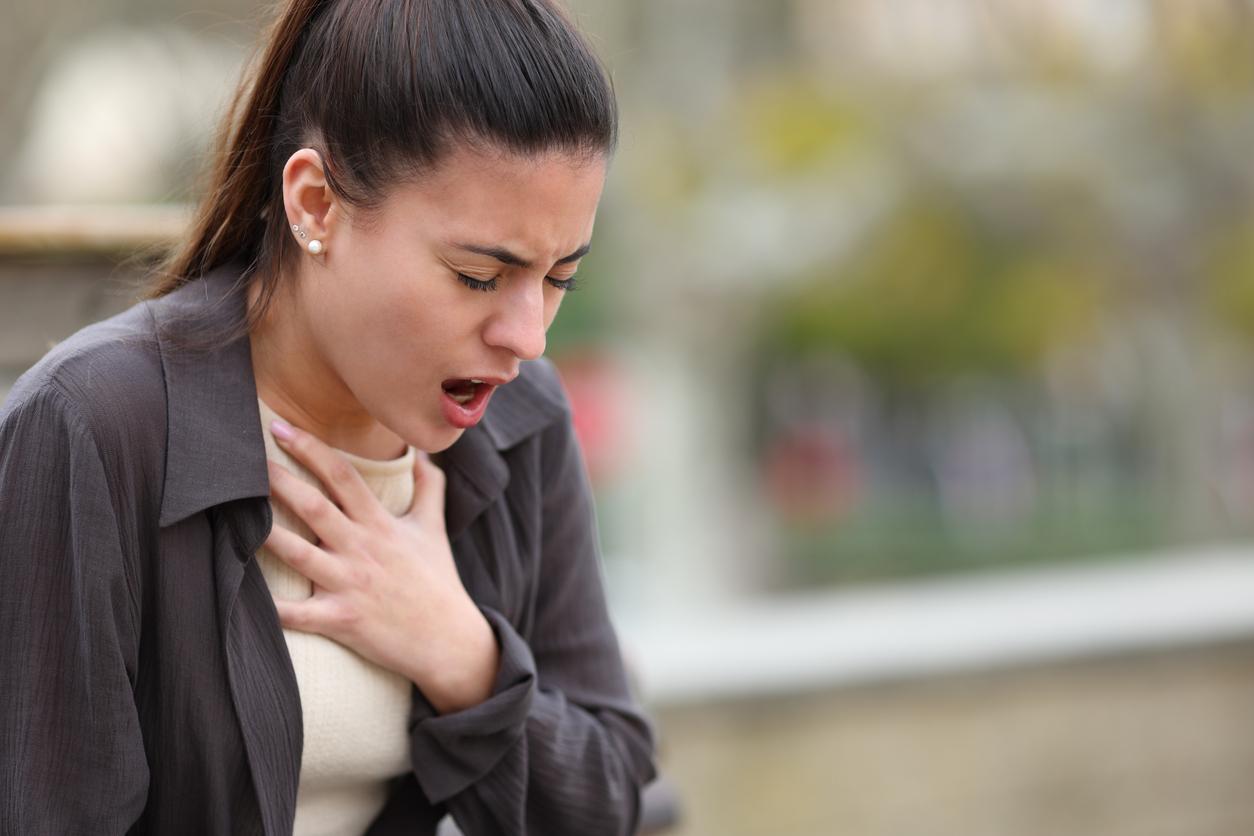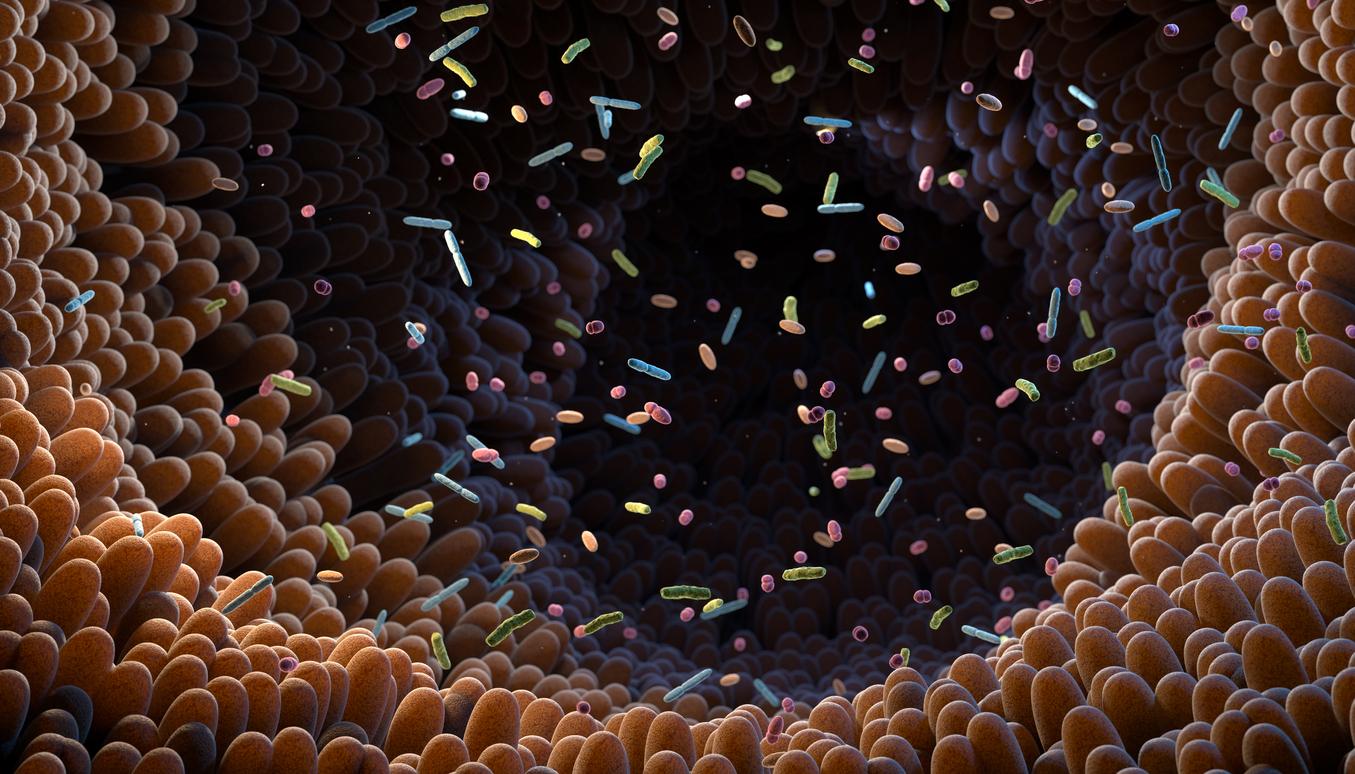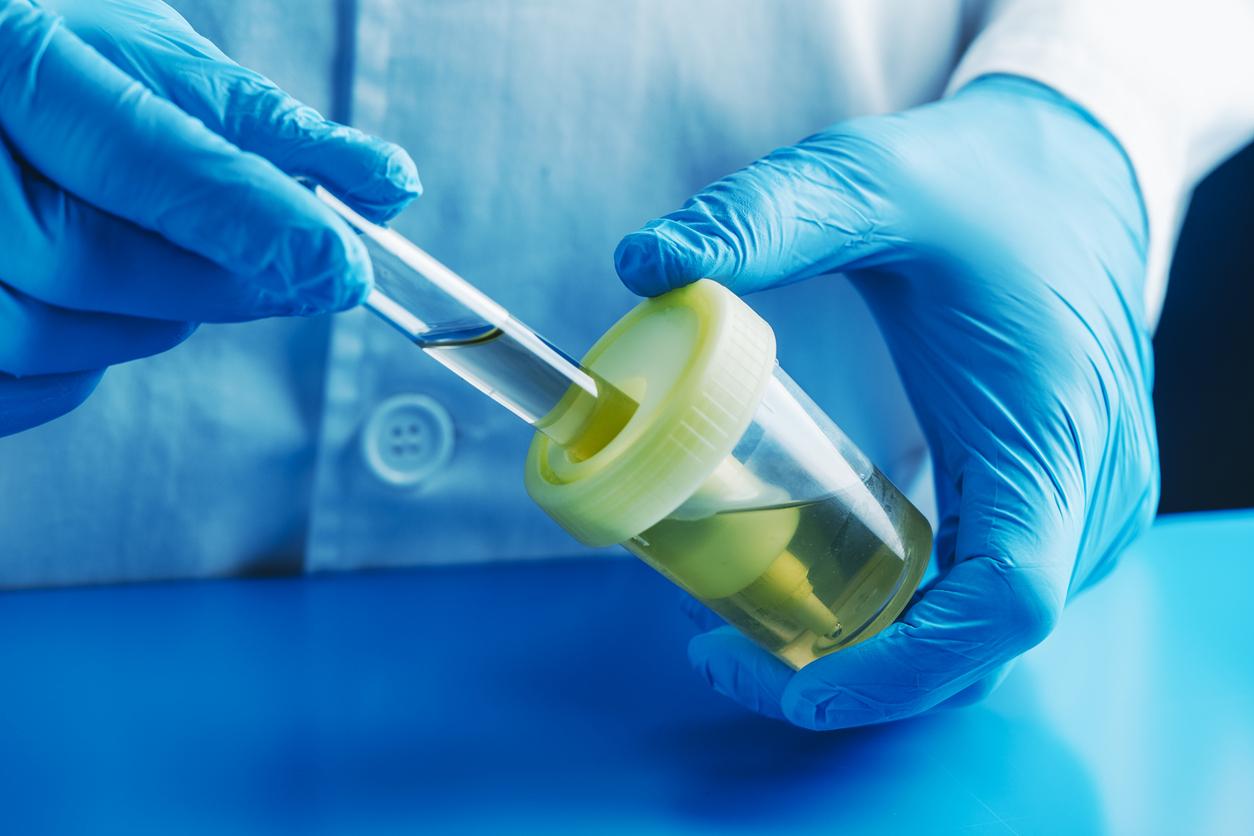Researchers have found that by assessing water loss from the skin during food allergy testing, it is possible to predict a patient’s risk of anaphylaxis.

- Anaphylaxis is a serious allergic reaction that can cause a rash, nausea, vomiting, difficulty breathing, or feeling unwell.
- Researchers have found that measuring water loss from the skin during testing can predict the risk of anaphylaxis.
- This method could facilitate the care of people with allergies.
Food allergies can quickly turn a casual meal into a life-threatening situation. Nearly 5% of people with allergies may experience anaphylaxis, a serious allergic reaction that can include skin rashes, difficulty breathing, swelling of the Quinckediscomfort and, in some cases, can be fatal.
Researchers at the University of Michigan have discovered that it is possible to assess the risk of developing anaphylaxis by measuring water loss from the skin during food allergy tests.
Anaphylaxis: assess skin water loss to know your risk
Previous work had shown that facial thermography – a method for assessing heat patterns issued through the skin – can predict the risk of anaphylaxis. Indeed during a anaphylactic shockdilation of blood vessels increases heat and water loss from the surface of the skin. However, this method requires a specialized camera and the patient to sit for a prolonged period, limiting its practical usefulness. The team from the University of Michigan therefore looked at a measurement that was simpler to carry out: the loss transepidermal of water. It evaluates the amount of water that escapes from a given area of skin per hour.
During their experiments presented in the journal The Journal of Clinical Investigationscientists have found that skin water loss increases during food allergy reactions. Furthermore, the increase correlated with biochemical markers of anaphylaxis and largely preceded the clinical detection of its symptoms.
“This method could improve the ability to detect and predict anaphylaxis upon contact with the allergen, prior to the need for epinephrine, significantly improving patient safety and comfort.”explains Dr. Charles Schulerlead author of the study and an immunologist at the University of Michigan.

Loss skin water: a simpler measure with children
According to the researchers, measuring skin water loss can be done at the beginning of the food test, even before obvious symptoms appear. And this method would have a major advantage compared to facial thermography: it is simpler to implement, especially with young patients.
“Measuring water losses transepidermal can be performed in the office without specialized equipment (the sensors are fixed on the skin) and works in children. This represents a great improvement over previous attempts at early detection methods for anaphylaxis.”adds Dr. Schuler.
The expert and his team plan to launch a clinical trial with participants aged 6 months to 5 years with peanut allergies. They will monitor water loss transepidermal on the forearm during an allergy test in order to “to identify values associated with anaphylaxis”. “This Who, will hopefully reduce the need for epinephrine injections.”concludes communicated.
















